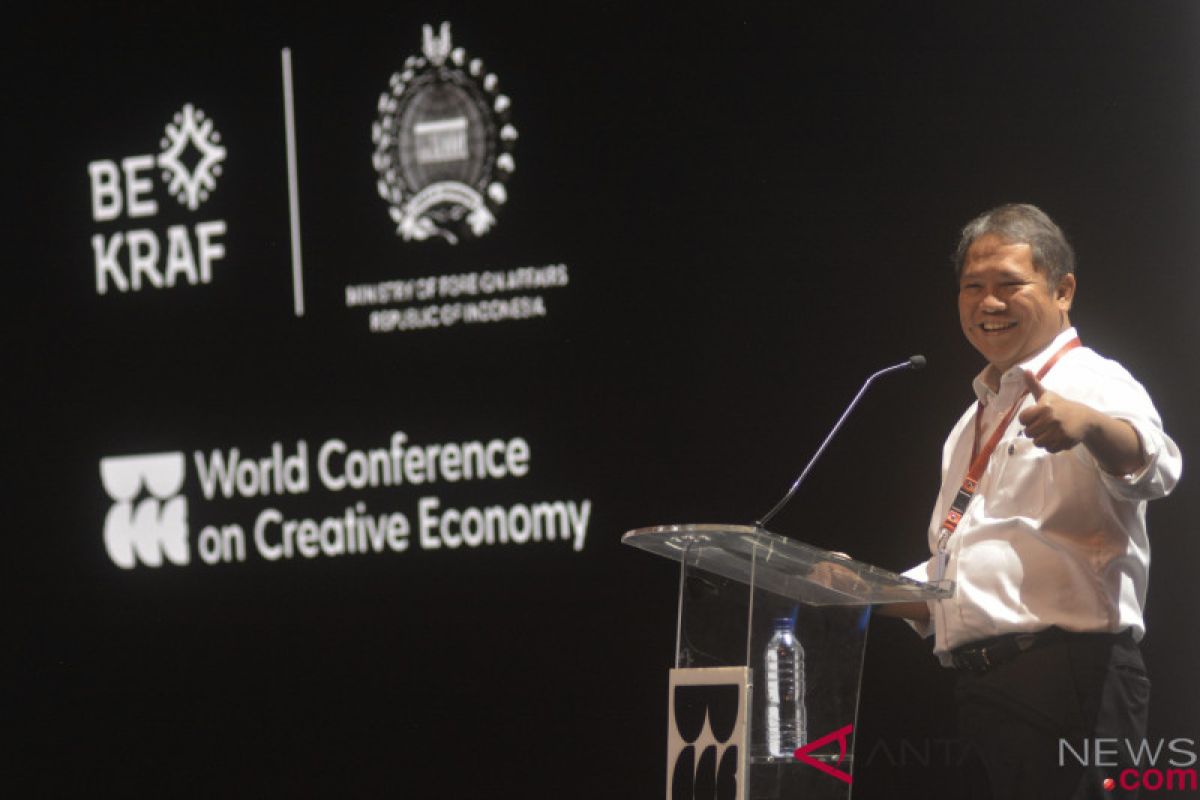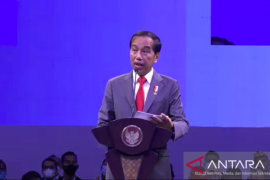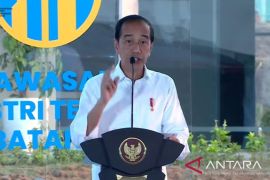"We have been asked by other countries to hold the next WCCE in Dubai and Colombia. Some countries have asked us to hold the event in several different places. We should be selective because we hold this WCCE brand," Munaf stated here on Wednesday.
He explained that Indonesia now has a brand for a world-class creative economic conference that can be applied abroad.
"This brand has been recognized by the United Nations Conference on Trade and Development (UNCTAD). This conference has been recognized, and they hope that the conference will be held regularly," he noted, after opening the WCCE, which is held from Nov 6 to 8, 2018.
According to Munaf, Bekraf does not want the WCCE event to be held in a minimum facility because Indonesia is the owner of the WCCE brand.
He added that on the last day of the WCCE event in Bali, Bekraf would announce the next country to hold the conference.
WCCE is the first world-level conference to discuss creative economy held by Bekraf with the Ministry of Foreign Affairs of the Republic of Indonesia.
Delegates from more than 30 countries, consisting of 1.5 thousand participants, will participate in the event. Carrying a theme ?Inclusively Creative,? Indonesia wants to convey a message to the world that creative economy has the potential to be the main driver of the national economic growth.
In his opening speech on the second day of the WCCE, Munaf hoped that this conference could be a catalyst to gather global commitments to form a center of excellence for the creative economy.
"The Indonesian government is fully committed to playing a greater role in the development of the global creative economy. I hope the WCCE can be a catalyst in gathering global commitments to form a center of excellence for the creative economy that contributes positively to the formation of a better and inclusive global economy," Munaf revealed.
Bekraf is responsible for the development of creative economy in Indonesia, as well as assisting the president in formulating, defining, coordinating, and synchronizing policies in the creative economy.
There are 16 sub-sectors of creative industries that focus on fashion, film, video animation, photography, crafts, culinary, application and game development, architecture and interior design, visual communication design, product design, publishing, advertising, arts, fine arts as well as television and radio broadcasts.
Reporting by Aji Cakti
Editing by Libertina, Bustanuddin
Reporter: Antara
Editor: Fardah Assegaf
Copyright © ANTARA 2018












